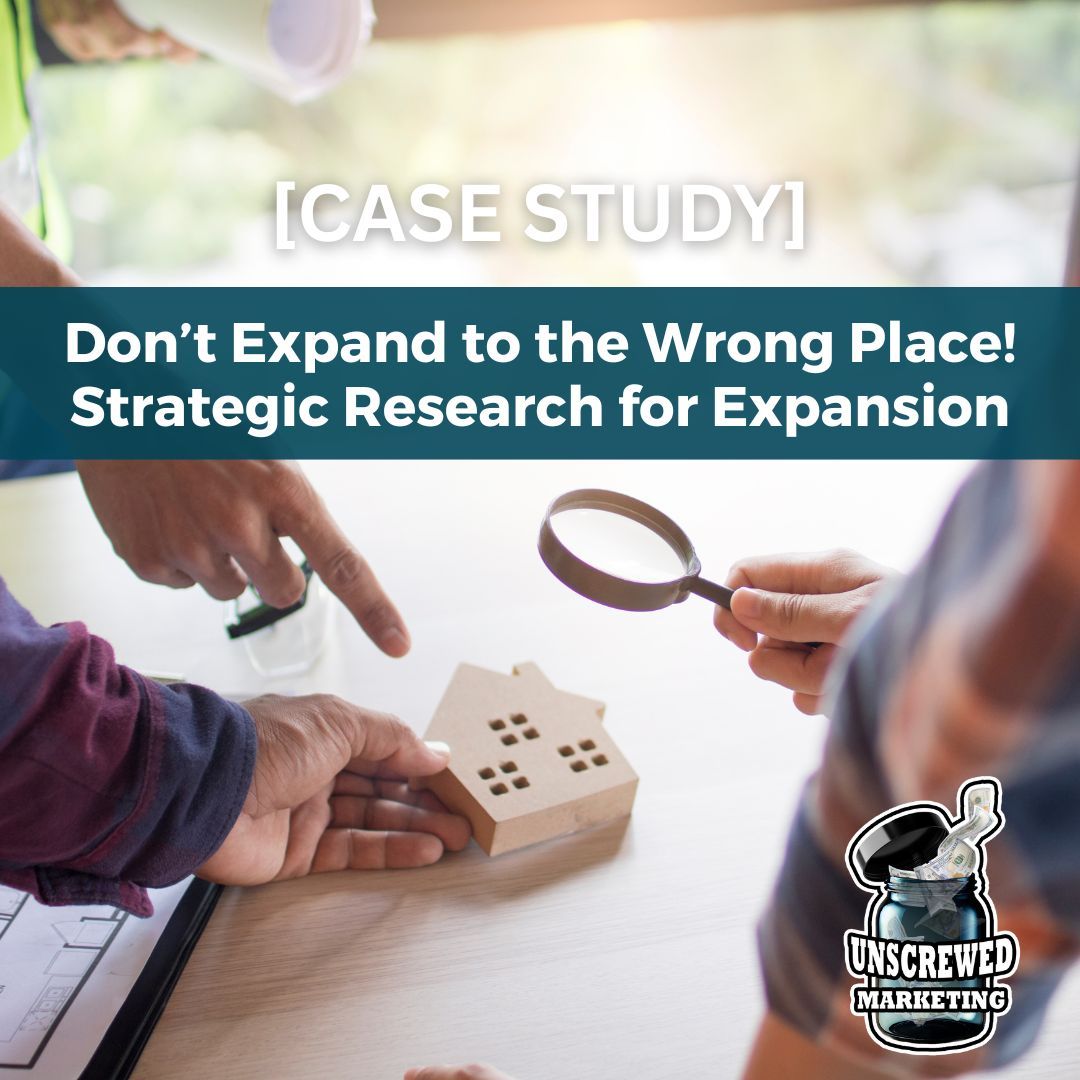- +1 512-591-8295
- [email protected]
- Mon - Fri: 9:00 - 16:00
- +1 512-591-8295
- [email protected]
- Mon - Fri: 9:00 - 16:00
Use code MOM50 at checkout thru Mother’s Day to get 50% off any gift card for marketing services

One of our longest-term clients (going on 10 years!) is a Texas-based home services brand known for its thorough, client-first approach to residential and commercial inspections. Their growth in the DFW metroplex had been strong, driven largely by reputation and referrals plus focused marketing efforts—but they knew word-of-mouth alone wouldn’t power the next stage of their expansion.
They were ready to grow again, with plans to move into a second Texas metro.
But “where” wasn’t clear.
Should they push into Houston, where suburban sprawl promised long-term growth—but also posed fierce competition and massive geographic scale? Or pivot toward a combined Austin/San Antonio/Waco region, which offered broader coverage but introduced more logistical complexity and pricing unpredictability?
They had the expertise. They had the operational capacity. What they didn’t have was clarity: no data on demand trends, no visibility into real-time search behavior, no marketing strategy prepared to split between markets—and no roadmap to get there without trial and error.
This wasn’t a new engagement. I had already helped guide their brand through years of sustained growth. But this challenge required a deeper level of strategic planning—starting with where to go, and how to get there with intention.
Not all of my clients are at the stage of needing this type of strategic market research, so when I have a chance to handle these types of projects I find it fun.
We started by comparing both markets: Austin vs. Houston. Instead of relying on gut instinct or hearsay, I provided:
From this, we presented a 25-page market research report. That may seem longer than you would want to read, but that was actually streamlined for this type of research (it made it easier given that we already knew exactly what types of data we were looking for, and had comparison baseline from their existing data). We broke it down with a table of contents at the beginning, and our recommendations compiled on page one, which made it easy to navigate and digest.
The data made it clear:
Result: They selected Houston as the expansion target, backed by data and demand alignment.
With the market identified, and new team hired and trained, we shifted into execution.
I didn’t just set the stage for visibility, I lit it on fire.
Each piece was tailored to mid- and bottom-of-funnel intent, structured for SEO, and crafted to educate while building trust.
We also addressed a key local visibility factor: Google.
Instead of creating a brand-new Google Business Profile, we chose to update the existing listing with expanded service areas and adjusted service descriptions to reflect Houston coverage.
Why? Because maintaining review history and domain authority on a well-established profile offers more trust and traction than starting over—especially when expanding under the same brand umbrella. There’s also the fact that lately Google has been rejecting verification of profiles when they are service-area based instead of having a physical office, which could have made it harder to even set up a new profile. It made sense to go with the existing profile and hundreds and hundreds of 5-star reviews.
On the paid search side, we added a new ad group within the existing Google Ads campaign instead of spinning off a separate campaign. This allowed us to leverage historical data, shared negative keywords, and budget controls—while still giving Houston its own tailored keywords, geo-targeting, and ad copy.
Plus an entirely new campaign would have been dumped initially into a “learning phase”, notoriously causing higher costs per click; and since the existing campaign already had all of the history, it would make the most sense to put a separate ad group within that existing campaign. It makes even more sense when you realize that the ads are mostly the same with the primary difference being locale.
This approach kept costs efficient while maximizing relevance and control in the new market.
This client didn’t just launch in Houston—they launched with a strategic edge.
And because the systems we built are modular, the client can now apply the same method to expand into other Texas markets—or even nationally.
Most service providers try to expand by copying and pasting their current strategy into a new city. Often a city chosen at random or because friends or family live there.
That doesn’t always work.
This client is succeeding because they invested in strategy first. Market research, competitive analysis, and tailored positioning weren’t extras—they were the difference between wasting money on generic outreach and entering a new market with authority.
If you’re thinking of expanding into a new metro, don’t guess. Let’s build a data-backed blueprint together.
Schedule a Free 360° Marketing Consultation
to Brainstorm Best Marketing Practices for Your Business
This website uses cookies to ensure you get the best experience on our website. By continuing to use the website, you agree to our use of cookies. We do not share or sell your information. More info